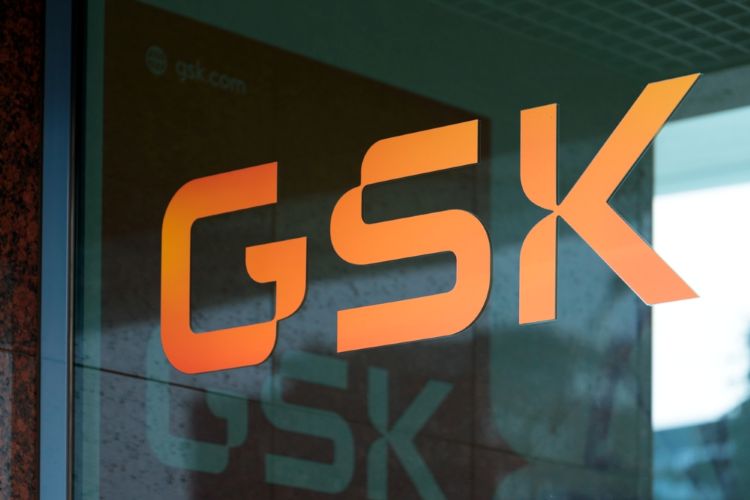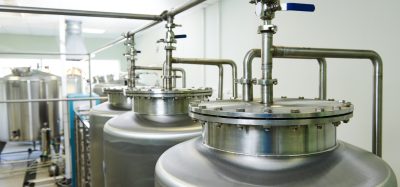Phase III data for next-gen green inhaler push GSK closer to Net Zero targets
Posted: 23 October 2025 | Catherine Eckford (European Pharmaceutical Review) | No comments yet
New findings support use of salbutamol MDI formulation in the next-generation low carbon propellant as a more sustainable option for patients with respiratory disease.


Credit: MAXSHOT.PL / Shutterstock.com
GSK has confirmed the therapeutic equivalence and comparable safety of its next-generation low carbon version of Ventolin (salbutamol) metered dose inhaler (MDI) with its current propellant HFA-134a.
The new phase III data comes from GSK’s clinical programme evaluating its innovative low carbon propellant HFA-152a, which commenced last year.
Kaivan Khavandi, Senior Vice President, Global Head, Respiratory, Immunology & Inflammation R&D, GSK, said: “Our next-generation salbutamol has the potential to reduce greenhouse gas emissions by 92 percent per inhaler.”
The trial findings mark positive progress, because due to the scale of volume and use globally, GSK’s salbutamol MDI currently represents 45 percent of the firm’s total global carbon footprint.
The data will aid regulatory submission for the next-generation low-carbon version of the inhaler. The launch is expected from 2026 and will be supported by advanced technologies applied during manufacture of the inhaler at its key site in Évreux, France.
Aligning Net Zero targets with patient preferences
[GSK’s] next-generation salbutamol has the potential to reduce greenhouse gas emissions by 92 percent per inhaler”
Ashley Woodcock, Professor of Respiratory Medicine at the University of Manchester, explained: “While low carbon alternatives already exist, such as dry powder and soft mist inhalers, we know that many patients worldwide with both asthma and COPD prefer a salbutamol MDI to relieve their symptoms.
“These data should enable patients to use their preferred inhaler choice. This is a crucial advance to help global healthcare systems meet their climate targets at the same time as optimising the care of patients.”
pMDIs “remain the dominant option sold in most markets for the delivery of all inhaled therapy” and in the EU and India, DPIs are more dominant, according to research from 2022.
Supporting the industry’s Net Zero ambitions, “to guarantee adequate pharmaceutical-grade HFC-134a during transition, adequate amounts of technical-grade HFC-134a from Japan and/or the US would need to continue to be supplied to the single purifier of bulk pharmaceutical-grade HFC-134a located in the UK.”
Related topics
Big Pharma, business news, Clinical Development, Clinical Trials, Data Analysis, Drug Delivery Systems, Drug Safety, Industry Insight, Research & Development (R&D), Therapeutics









